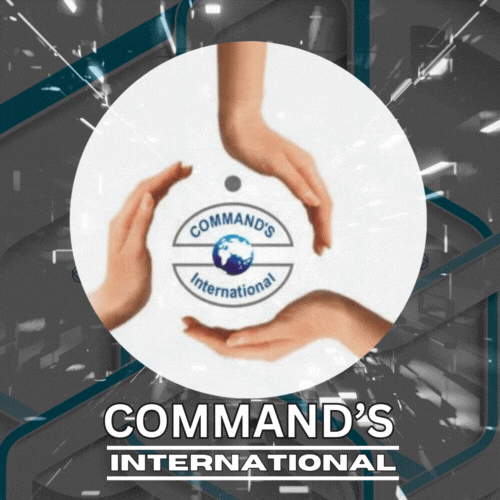Under the Goods and Services Tax (GST) in India, the Reverse Charge Mechanism (RCM) shifts the responsibility of paying GST from the supplier to the recipient of goods or services. This provision ensures tax compliance in cases where suppliers might not be registered or when the government deems it necessary.
In this post, we’ll explore what RCM is, when it applies, its implications, and practical examples to enhance understanding.
What is the Reverse Charge Mechanism?
Under normal circumstances, the supplier of goods or services is responsible for collecting and depositing GST. However, under the Reverse Charge Mechanism, the recipient of the goods or services is liable to pay GST directly to the government instead of the supplier.
Legal Basis for Reverse Charge Mechanism
RCM is governed by:
- Section 9(3) of the CGST Act: Specifies services and goods where RCM applies.
- Section 9(4) of the CGST Act: Applies to purchases from unregistered suppliers (with certain exemptions).
- IGST Act, Section 5: Covers interstate supplies under RCM.
When Does RCM Apply?
RCM applies in the following scenarios:
1. Specified Goods and Services (Section 9(3))
The government has notified specific goods and services subject to RCM. Examples include:
- Goods:
- Cashew nuts (unbranded), tobacco leaves.
- Supplies from agricultural producers.
- Services:
- Legal services provided by an advocate.
- Transportation of goods by a Goods Transport Agency (GTA).
- Services by a director of a company (not as an employee).
2. Purchases from Unregistered Dealers (Section 9(4))
RCM is applicable when registered businesses purchase goods or services from unregistered suppliers. However, this applies only in certain cases, primarily under specific circumstances for notified classes of taxpayers.
3. Import of Services (Section 5 of IGST Act)
Services imported into India are subject to RCM. For example, a business importing consulting services from a foreign entity must pay GST under RCM.
Tax Rates Under RCM
The tax rates under RCM are the same as applicable to the goods or services being supplied. For example:
- Legal services: 18% GST
- GTA services: 5% GST (if not opting for forward charge)
Compliances Under RCM
- Registration: Recipients liable under RCM must register under GST, even if their turnover is below the threshold limit.
- Invoice Issuance: Recipients must issue a self-invoice for purchases under RCM.
- Payment of Tax: GST under RCM must be paid through the cash ledger; ITC cannot be used.
- Returns: Report RCM details in GSTR-3B (monthly return).
Examples of Reverse Charge Mechanism
Example 1: Legal Services
A company hires a lawyer for consultation and pays a fee of ₹1,00,000.
- GST Rate: 18%
- GST Payable: ₹18,000 (1,00,000 × 18%)
- Responsibility: The company must pay ₹18,000 directly to the government under RCM.
Example 2: Goods Transport Agency (GTA)
A registered business avails transportation services from a GTA for moving goods. The freight charge is ₹50,000.
- GST Rate: 5%
- GST Payable: ₹2,500 (50,000 × 5%)
- Responsibility: The recipient pays ₹2,500 under RCM.
Example 3: Import of Services
A consulting firm in India hires a foreign consultant for ₹5,00,000.
- GST Rate: 18%
- GST Payable: ₹90,000 (5,00,000 × 18%)
- Responsibility: The Indian firm pays ₹90,000 under RCM.
Example 4: Purchase from Unregistered Supplier
A registered company buys office supplies worth ₹10,000 from an unregistered vendor.
- GST Rate: 12%
- GST Payable: ₹1,200 (10,000 × 12%)
- Responsibility: The company pays ₹1,200 under RCM.
Input Tax Credit (ITC) Under RCM
GST paid under RCM can be claimed as Input Tax Credit (ITC) by the recipient, provided the goods or services are used for business purposes. However, the ITC can only be claimed after the tax is paid.
Example:
A company pays ₹5,000 GST under RCM for legal services. Once this amount is deposited, it can claim ₹5,000 as ITC in its next GST return.
Advantages of Reverse Charge Mechanism
- Ensures Compliance: Brings unorganized sectors into the GST framework.
- Reduces Evasion: Ensures tax is paid even when suppliers are unregistered.
- Simplifies Tax Administration: Helps the government track and collect GST effectively.
Challenges of RCM
- Increased Compliance Burden: Requires additional record-keeping and self-invoicing.
- Cash Flow Impact: GST under RCM must be paid in cash, affecting liquidity.
- Complexity for Small Businesses: Small enterprises might struggle with compliance requirements.
Conclusion
The Reverse Charge Mechanism is a crucial aspect of India’s GST framework, designed to promote tax compliance and reduce evasion. While it shifts the tax burden to the recipient, proper understanding and adherence to RCM rules can ensure smooth compliance.
📘 Master Financial Accounting with Commands Global!
Learn the intricacies of GST, including RCM, with our expertly designed courses. Visit www.commandsglobal.com to expand your financial knowledge and boost your career today!

